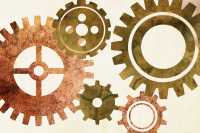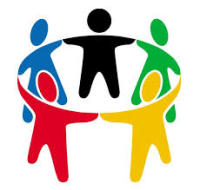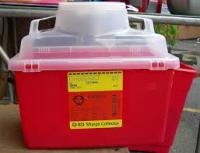We are continuing to add to our HIV/AIDS timeline, but just as the struggle continues, so too does our efforts to compile an accurate picture of the history of this disease.
For one person or one agency to describe the history of HIV/AIDS is impossible. The disease has affected millions, and each experience is unique. Different communities have felt the impact in different ways.
Help us by contributing events and landmarks in the fight to end HIV/AIDS.
[contact-form to=’ryandel@hivalliance.org’ subject=’History Timeline Item Submission’][contact-field label=’Name’ type=’name’ required=’1’/][contact-field label=’Email’ type=’email’ required=’1’/][contact-field label=’Website Address with More Information’ type=’url’/][contact-field label=’Event/Landmark Description’ type=’textarea’ required=’1’/][/contact-form]







